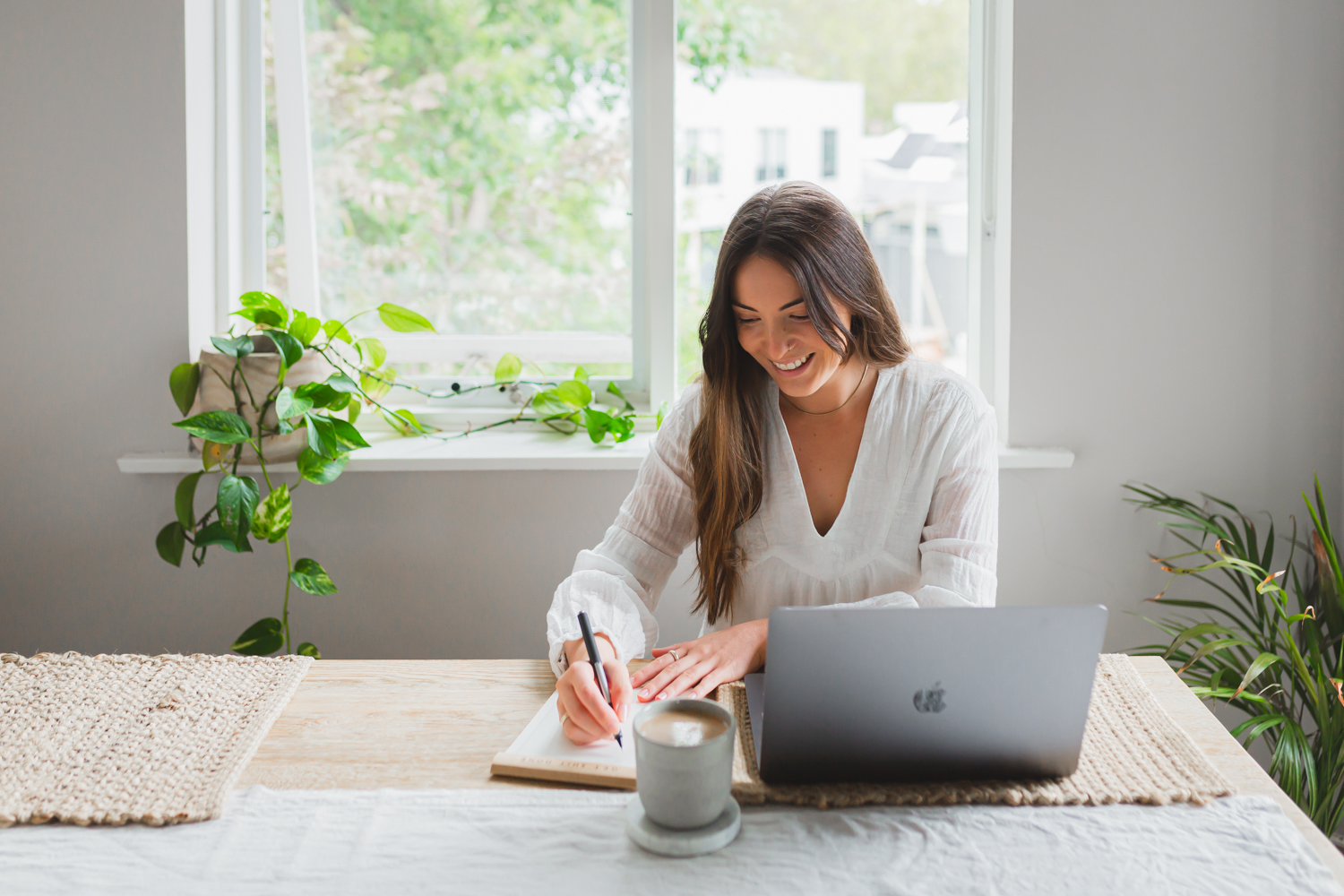
How To Self-Soothe (Without Booze)
Written by Chloe a Melbourne based Kinesiologist, Life Coach and Women’s Circle Facilitator.
Learning to self-soothe and manage stress is vital when maintaining long term sobriety. Alcohol is used as a method to reduce stress and anxiety when life is overwhelming. We often don’t realise that drinking alcohol gives us an artificial feeling of being relaxed, but because alcohol is a depressant (lowers neurotransmission levels, reducing arousal or stimulation) you only get temporary relief before the stress comes back at even more intense levels than before drinking. So drinking alcohol to relieve stress is counterproductive.
If instead, we learn how to manage stress within ourselves and self-soothe, we will be less inclined to reach for the glass of wine because we feel more equipped and empowered to manage stress with healthy tools and practices.
When it comes to finding the right tools and techniques that work for you it can take time. So often, people offer advice to meditate, practice gratitude, and simply breathe and while those tools are great, often you can feel like your body needs that little bit extra to calm your nervous system and rebalance yourself in the moment.
In this blog I am going to be sharing some practical and powerful tools I use in my clinic with my clients that can rapidly reduce stress and anxiety and encourage self-soothing.
- Emotional Stress Release (ESR)
For this technique, all you need to do is simply place your hand over your forehead and take deep breaths. If you like you can imagine white light entering your body on the inhale and dark energy leaving your body on the exhale.
A simple explanation of how this works is that when in a stress response, our bodies go to ‘fight or flight’ mode. Unfortunately, fighting or running away often are not the best solutions. What we need is to have a clear mind to assess what to do next. When applying this ESR technique which is actually an acupressure point, we redirect the focus back to the forebrain which enables us to think of solutions and choose how we react to the circumstances, rather than falling into ineffective survival patterns.
- Thymus Tapping
This technique involves simply tapping on your Thymus which is located on your upper chest behind your breastbone (sternum). Use your fingers on one hand, to tap briskly for 30 seconds or until you notice a shift in your body. To strengthen this practice while tapping your thymus try repeating out loud “I am 100% being my own being on all levels and dimensions”.
This tool is super powerful when it comes to clearing the energy of other people from your field. It allows you to regain strength within your own energy and even helps to stimulate your immunity.
- Temporal Tapping
This technique involves putting your thumb and ring finger together on both hands then tapping on both sides of your head in a half circle from your temple around the back of your ear and back again, over and over. Try tapping repeatedly back and forth for a minimum of 30 seconds or until you notice your body calming. Whilst you are tapping you can repeat out loud a positive affirmation such as “I am worthy”, “I am loveable”, or “I am calm and grounded” – whatever your body needs to hear.
Temporal tapping works to imprint something (the positive affirmation) deeply. It temporarily turns off your filters that limit incoming information to the brain to allow this new imprinting to happen. Please do not use this technique if you have a history of Stuttering, fits or epilepsy.
Lastly, don’t forget to be gentle with yourself. So often we beat ourselves up for feeling uncomfortable emotions such as anxiety and stress but at the end of the day, they are all part of the human experience! Once we acknowledge that yes these emotions may feel uncomfortable but we are innately capable to be able to deal with and process them, life becomes a lot lighter.
Repeat after me… “I am innately designed to manage and process all human emotions”.
If you’re seeking further support and guidance with emotional management I offer online and in-person Kinesiology sessions, simply head to my website here to find out more and book.
You can follow me on Instagram @innerbloom_withchloe for free tools and tips!


Post a comment